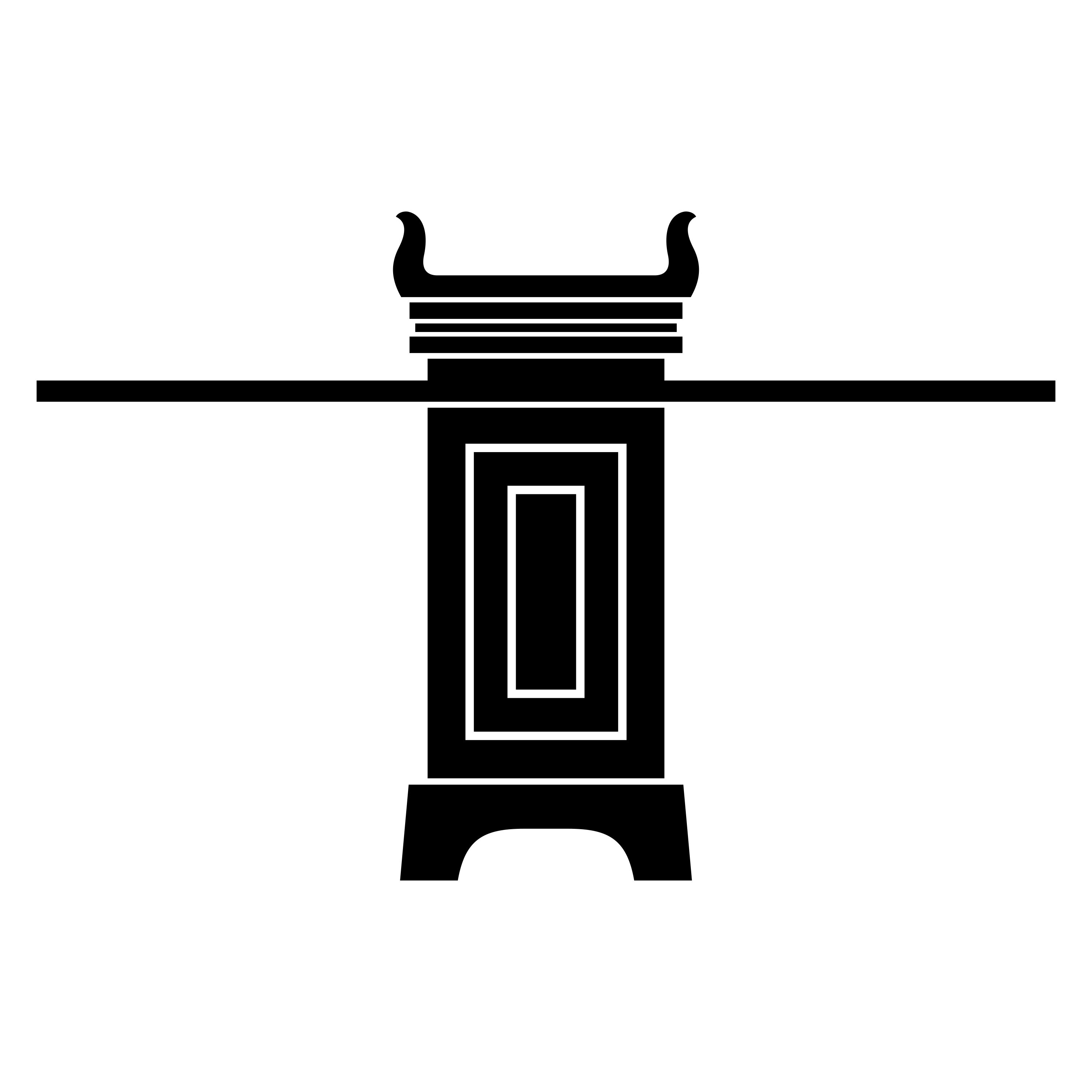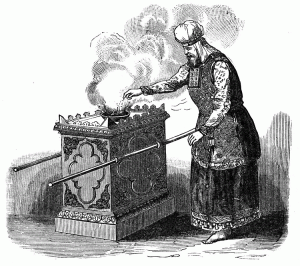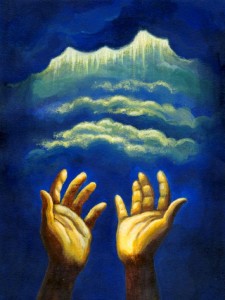Exodus 30:1–10, Altar to burn incense. The golden incense altar was constructed of acacia wood covered in gold and was situated in front of the veil leading into the holy of holies (the most set-apart place) halfway between the menorah and the table of showbread. Like the table of showbread, it had a golden crown around the top of it, which points to Yeshua being the head of the body of believers. The priest burned incense on the altar twice daily, in the morning and the evening. Scripture reveals that incense represents the prayers of the saints rising up to heaven before the throne of Elohim (Ps 141:2; Rev 5:8), which in the tabernacle is pictured by the mercy seat in the most set-apart place or oracle (d’veer). The altar of incense was a place of deep prayer, praise, worship and intercession and speaks directly to the intimate twice daily prayer life and devotions of the born-again believer before the throne of the Father in heaven.
The Altar of Incense in More Detail
At the altar of incense, preparation was made to enter the most set-apart place (holy of holies). This altar was located just opposite the veil of the kodesh hakodashim (holy of holies) where the high priest offered up incense to the Father in heaven. This was the place of ultimate worship, prayer and intercession just before entering into the most intimate place of all: the d’veer (oracle) or kodesh hakodashim. Only a very thin veil exists between the altar and the kodesh hakodashim where the abode of YHVH’s actual manifest presence was. It was on the altar of incense that the high priest made atonement once a year with the blood of the sin offering (Exod 30:10). The blood was sprinkled on this altar seven times. This occurred on the Day of Atonement (Yom Kippur; Lev 16:18–19).
This altar was also constructed of acacia wood overlaid in gold. The high priest burned incense on this altar in the morning when he would clean the menorah, and in afternoon when he would light the menorah (Exod 30:6–8). This pictures the prayers of the saints going up to heaven (Ps 141:2; Rev 5:8) and suggests that it is pleasing to the Father that believers be praying, communing with him or otherwise attempting to bond with him twice daily: morning and afternoon.
The incense was comprised of sweet spices, with pure frankincense, stacte or balsamic resin, onycha and galbanum (Exod 30:34–38). According to Jewish tradition, there were eleven spices used in the incense. Galbanum has a foul aroma to remind us that everyone’s prayers were allowed to be uttered—even those of sinners.
This altar was higher than the other implements in the set-apart place, since prayer, worship and intercession is our highest calling and act of service to YHVH. We are to pray without ceasing (1 Thess 5:17; Eph 6:18). YHVH’s house was to be known as a “house of prayer for all people” (Isa 56:7).





